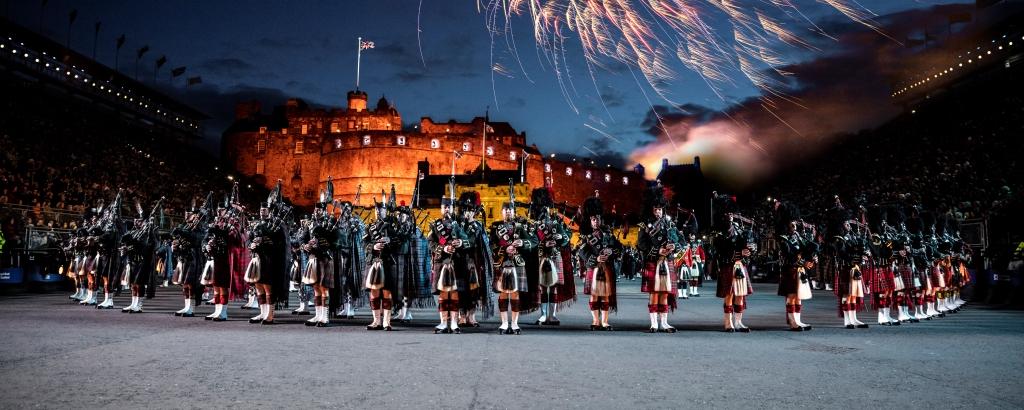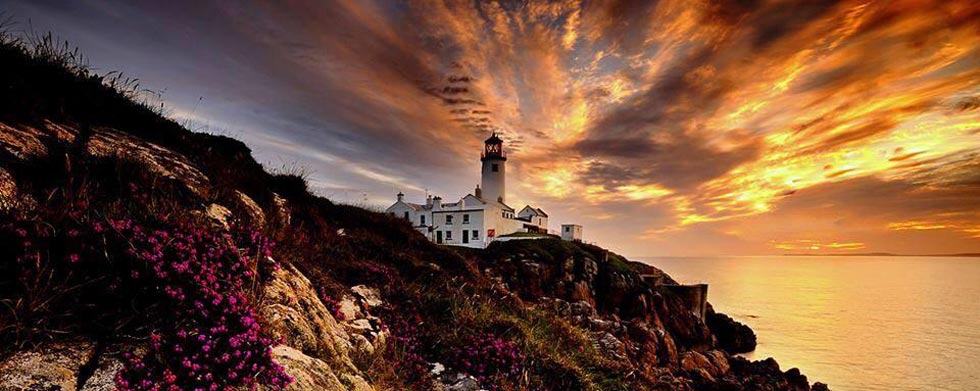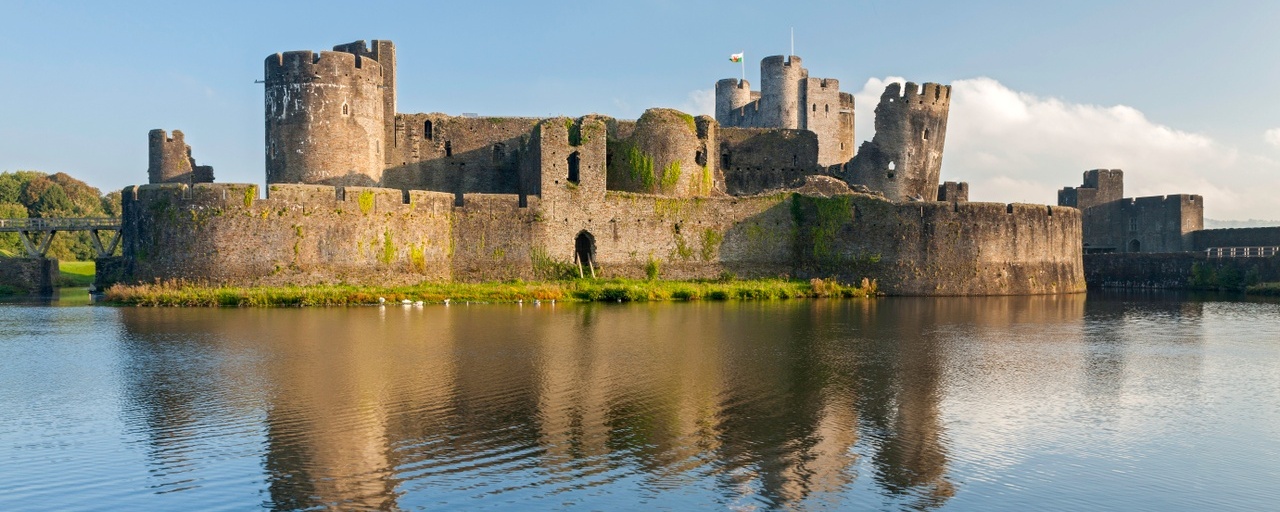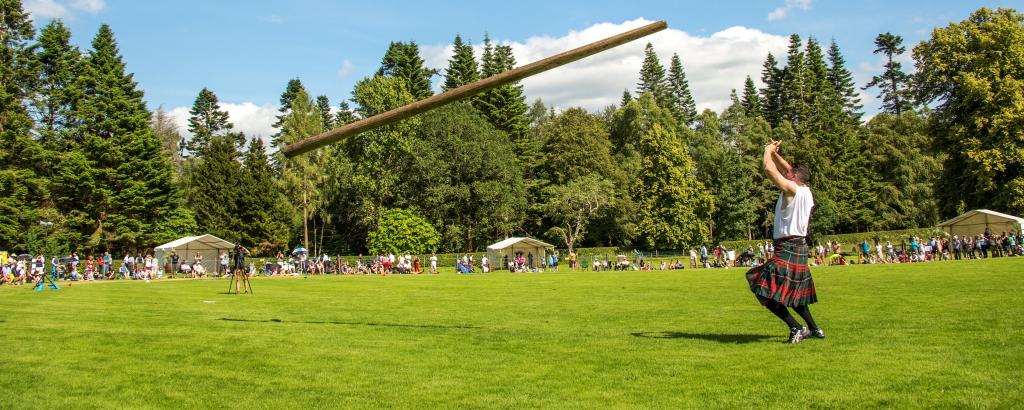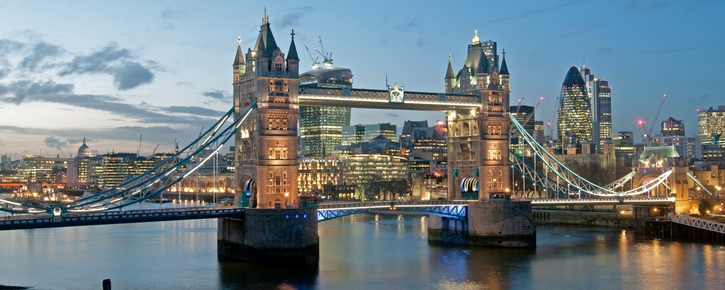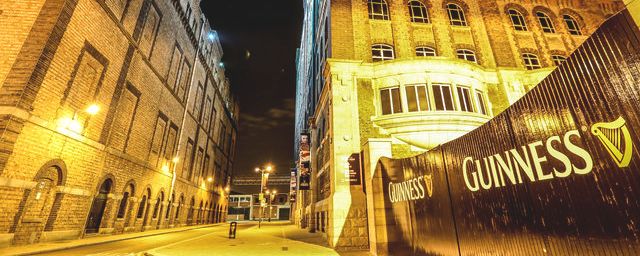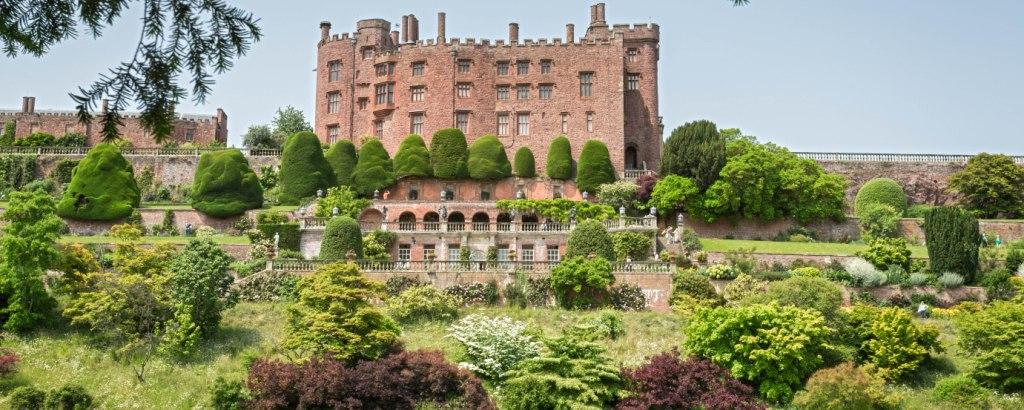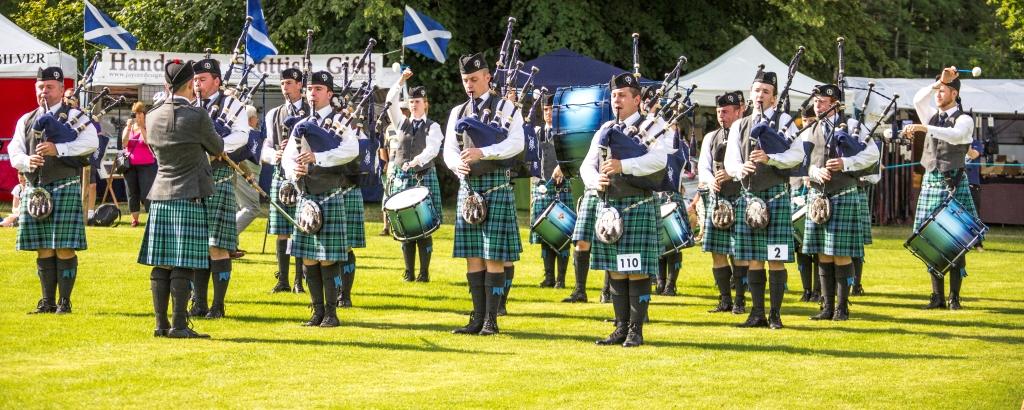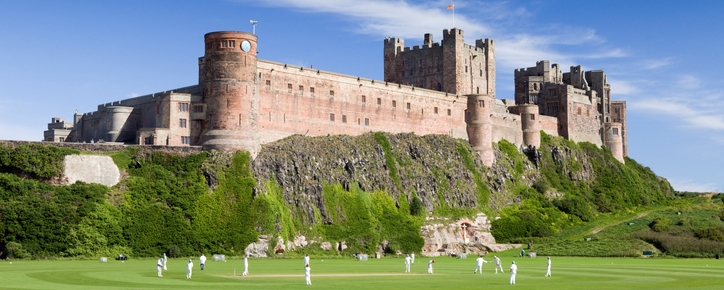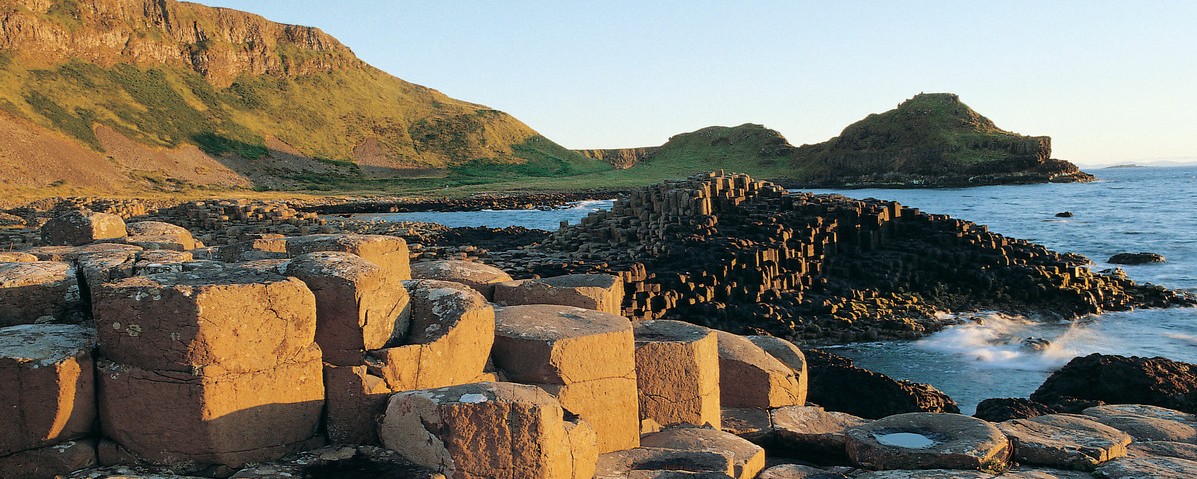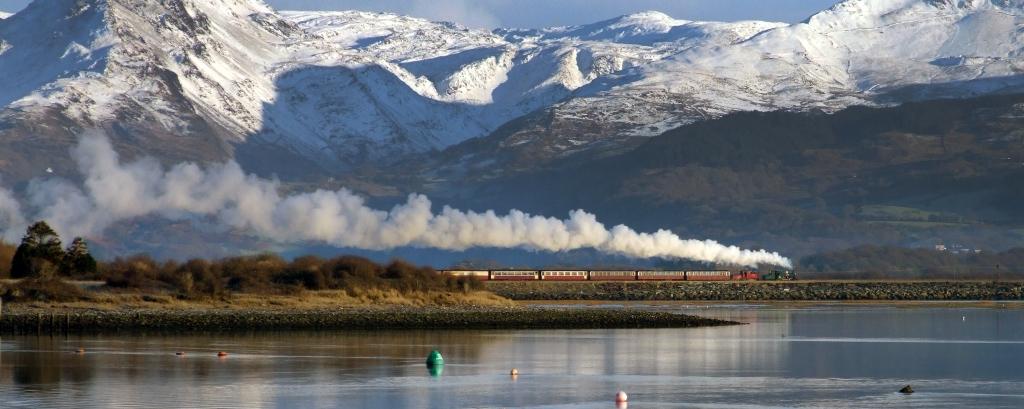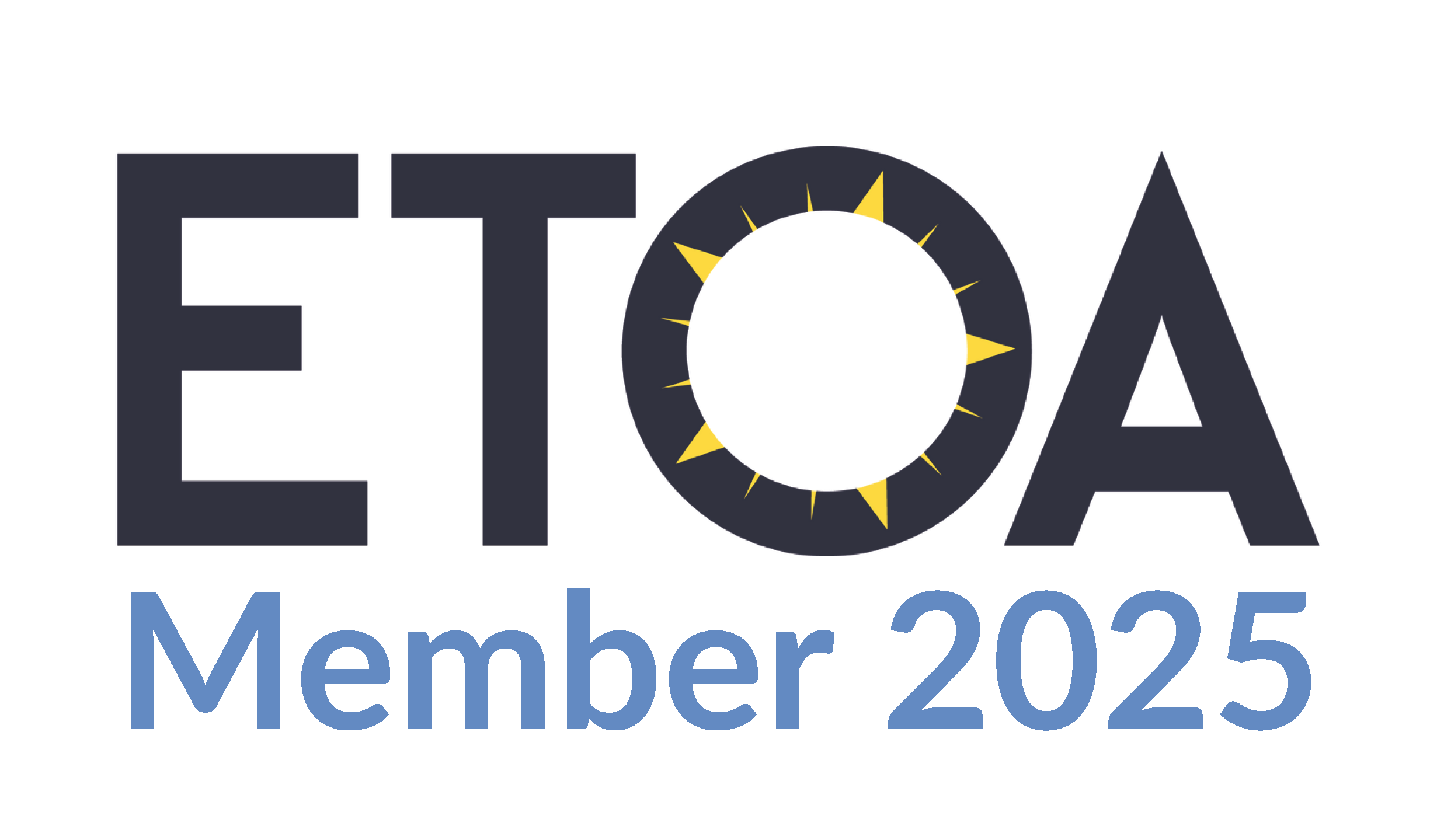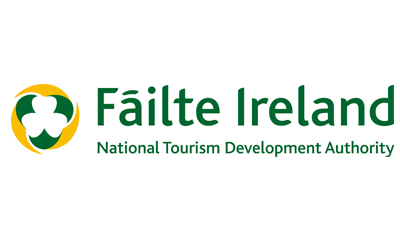Colourful art installation puts new spin on Roman gatehouse
In celebration of Hadrian’s Wall’s 1900th anniversary, English Heritage has installed a contemporary and colourful take on the original Roman gatehouse at Housesteads Roman Fort – one of the Wall’s best preserved and most important sites.

Created by renowned artist Morag Myerscough, and the local community, the temporary installation – called 'The Future Belongs To What Was As Much As What Is' – stands in the exact spot that the north gatehouse at Housesteads once stood. The colourful re-imagining of the gatehouse echoes the original building in size and as visitors can climb to the top, the installation opens up views of the ancient landscape, last seen by Roman soldiers 1600 years ago.
English Heritage Chief Executive Kate Mavor said: "Hadrian’s Wall is one of England’s most iconic landmarks and, to mark its anniversary, we wanted a meaningful way to connect people of 2022 back to AD122.
“We hope that placing such a bold contemporary art installation in this ancient landscape will not only capture people’s imagination but maybe also challenge their ideas of what the Wall was for. Not just a means to keep people out, but a frontier that people could – and did – cross. To create this work we’ve engaged with a wide range of community groups who have all played a part in making this such a striking and vibrant piece of art… and living history."

Hadrian’s Wall is one of Europe’s greatest engineering feats and one of the largest Roman structures in the world, stretching coast-to-coast for almost 80 miles across England, from Cumbria in the west to Wallsend, near Newcastle Upon Tyne, in the east. Close to the Scottish border, the wall once formed the northern frontier of the Roman Empire and huge stretches of the ancient stonework remain.
The art installation is part of English Heritage’s newly launched creative programme, which uses contemporary visual and performing arts to complement the existing interpretation at heritage sites and to engage new audiences in distinctive aspects of the history of key sites across the country.

Artist Morag Myerscough said: "The moment I saw Housesteads and started walking around the fort I had an overwhelming feeling of wanting to make an installation there. I stood in the remains of the north gatehouse and I looked at the wilderness that appeared to be unchanged since Roman times and I knew immediately that was the place.”
The brightly coloured wooden placards that comprise the outer shell of the artwork, over a largescale scaffold frame, were designed in response to the collection of Roman artefacts on display at Chesters Roman Fort Museum in Northumberland, as well as Roman designs and community workshops.
The words and phrases across the installation come from Morag’s collaboration with poet Ellen Moran and the local community, through workshops where volunteers also helped to paint the placards, following the artist’s designs.

Janet Redler, Managing Director of Janet Redler Travel, said: “This vibrant art installation sheds a whole new light on the gatehouse at Housesteads Roman Fort and will help to engage many more people with the history and heritage of this important monument. Hadrian’s Wall – a UNESCO World Heritage Site – is an incredible structure and well worth exploring on any tour of Roman Britain.”
As part of the Hadrian’s Wall 1900 Festival, the installation is open to the public until 30 October 2022, after which the structure will be completely removed and the placards will be offered to the community members who painted them.
If you or your group would like to visit to Hadrian’s Wall on a tailor-made tour of England, or perhaps you would like to enjoy a fascinating tour of Roman Britain, please do contact our friendly team today.
Photos courtesy of English Heritage.
